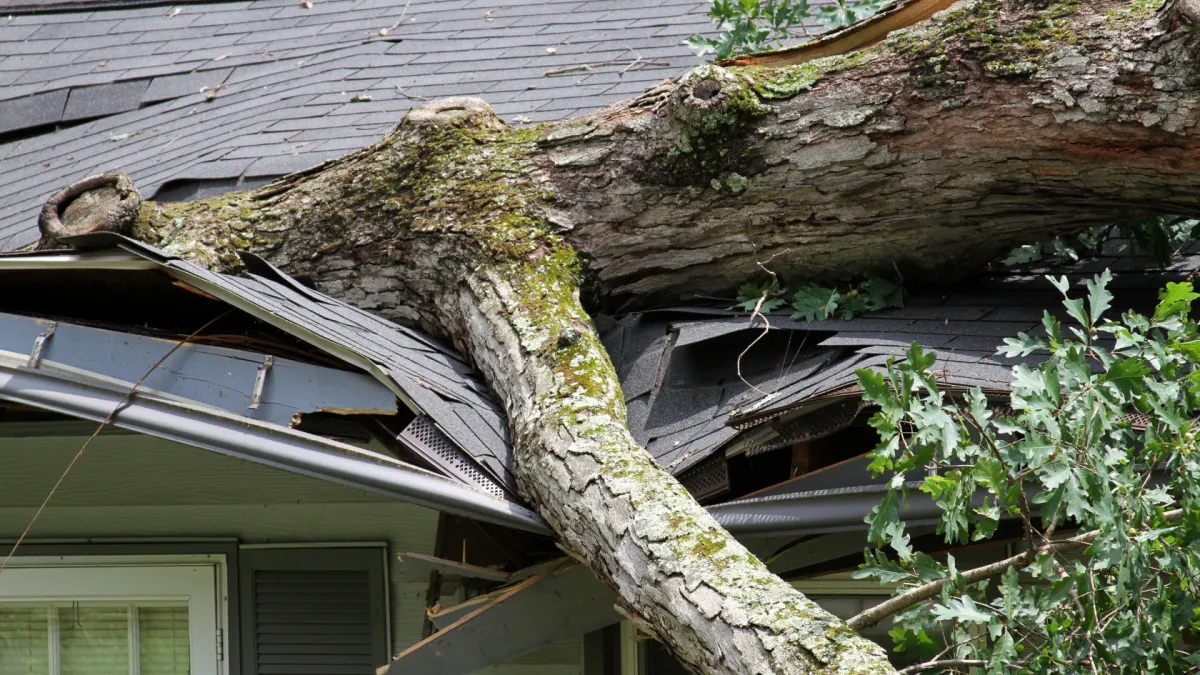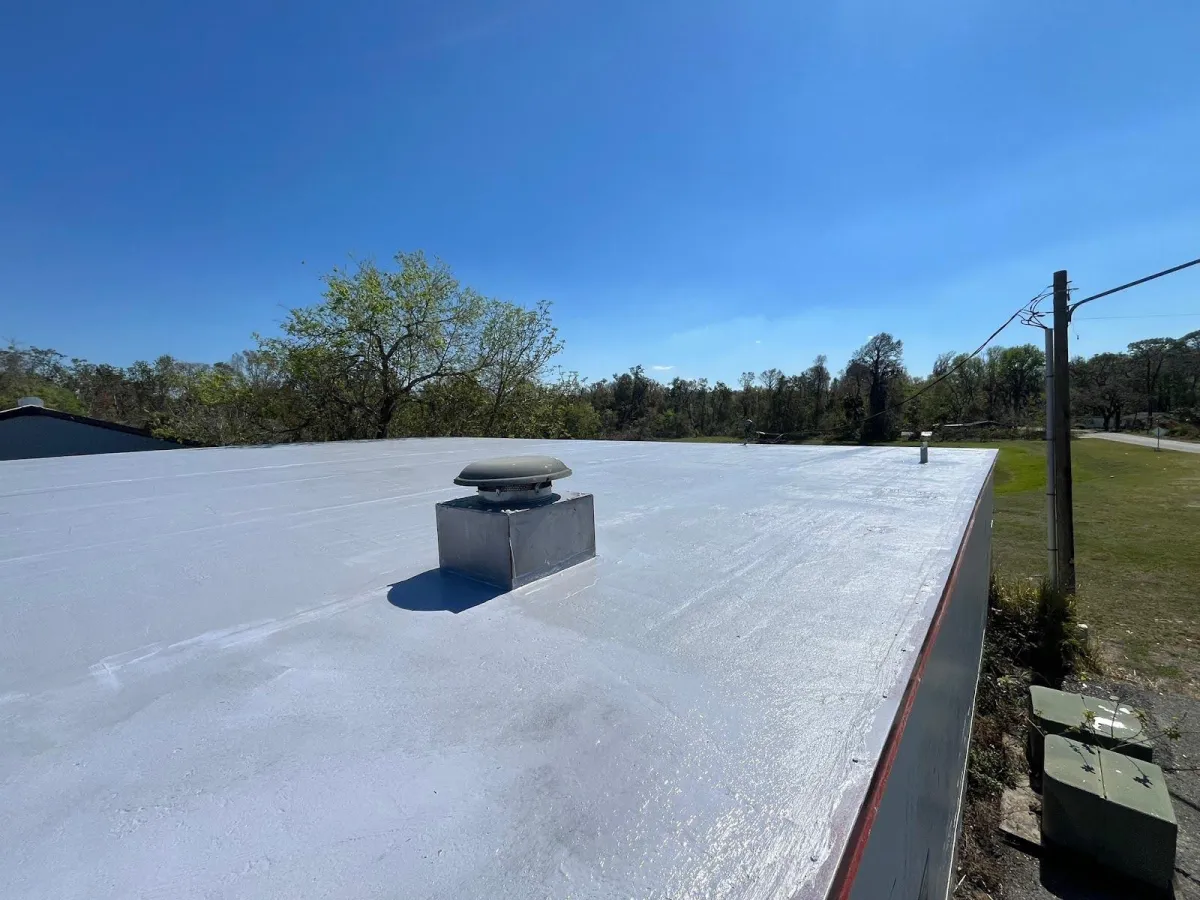Roof Maintenance Tips: How to Extend the Life of Your Roof
Learn when homeowners insurance covers roof repairs, what damage qualifies, and how to navigate claims for storm, age, and maintenance issues.

Learn when homeowners insurance covers roof repairs, what damage qualifies, and how to navigate claims for storm, age, and maintenance issues.

Learn how professional roof repair services protect your property. Contact NB Roofs for a roof evaluation. Serving all of Central Florida!

Learn how professional roof repair services protect your property. Contact NB Roofs for a roof evaluation. Serving all of Central Florida!

Learn how to identify roof leaks early to prevent expensive repairs. Expert tips for spotting signs before damage worsens.

Get expert storm damage roof repair in The Villages FL. Protect your home or business this hurricane season with trusted local roofing professionals.

ne of the most overlooked but important components of a well-functioning roofing system is the gooseneck vent.
Contact Info:
1014 W Dixie Ave, Leesburg FL 34748
Open Hours:
Mon–Fri: 8 am – 5 pm
Saturday: By Appointment
Sunday: Closed
© 2025 All Rights Reserved Nieves & Baker Roofing, LLC| Website Managed by Leads By Vinny